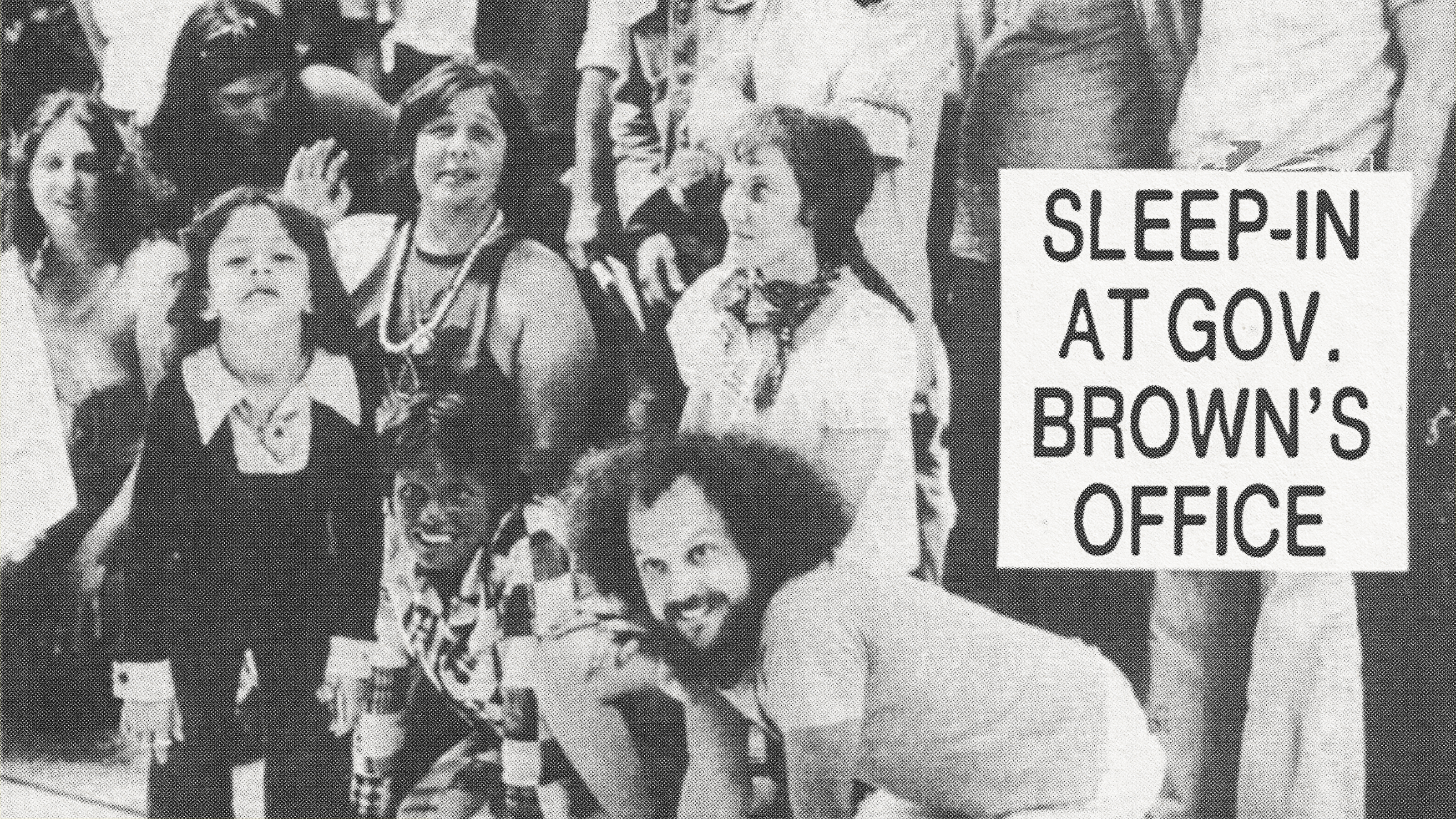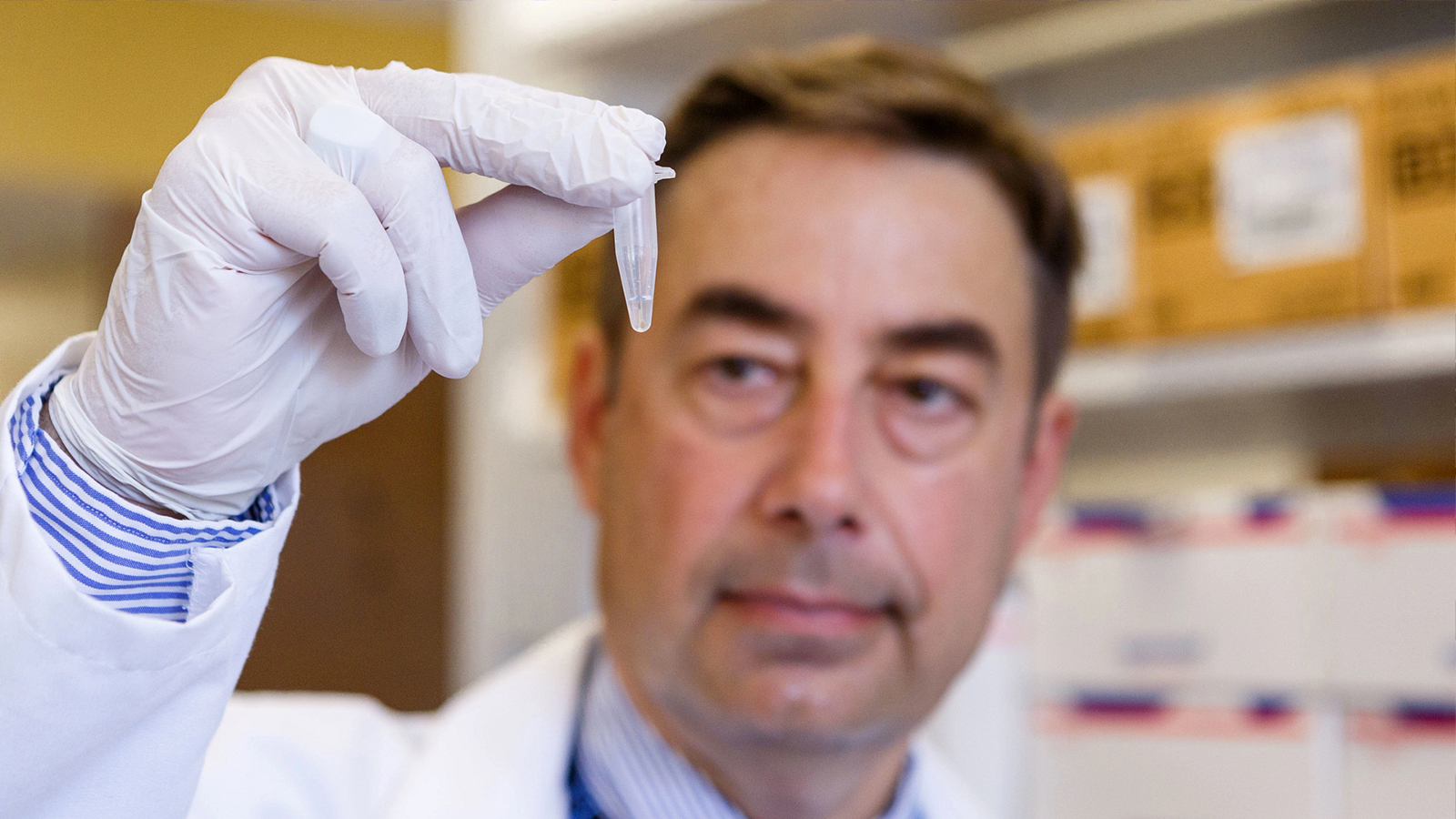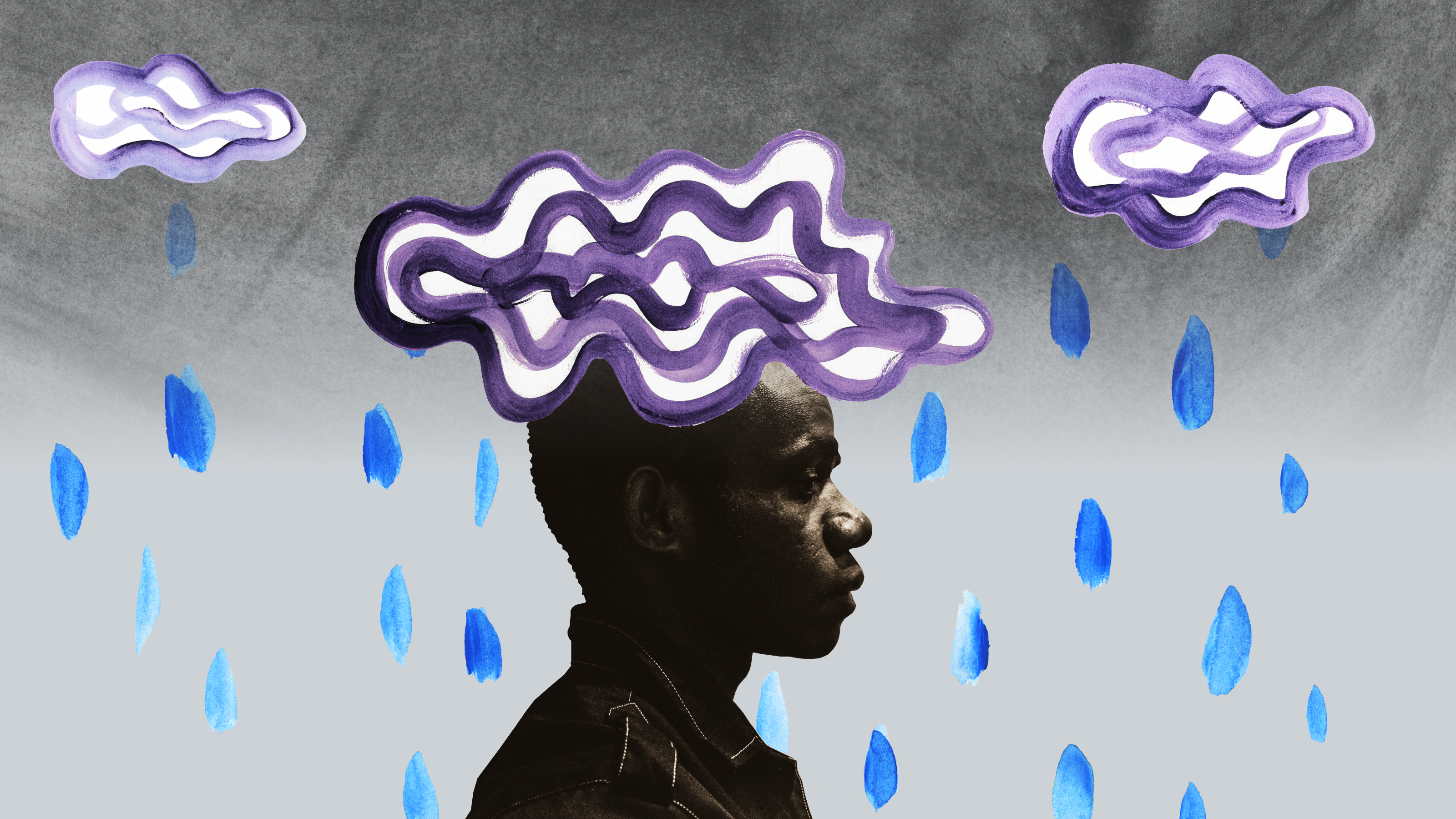Has psychiatry lost touch with individuals?

People who suffer from mania are often characterized as inhabiting a world in which time seems to have sprinted ahead. They are said to have a flight of ideas, racing thoughts, rapid speech. In contrast, those with depression seem to suffer from the opposite: They languish in bed, unable to get up, seem to stumble over words, their thoughts and movements materializing only slowly, like wafts of smoke.
But these kinds of subjective experiences receive little attention from clinicians or neuroscientists outside of the niche field of phenomenological psychiatry.
Psychiatrists Evan Kyzar and George Denfield, who conduct neuroscience research at Columbia University, published a paper not long ago in Nature advocating for a greater emphasis in psychiatric practice and research on these elements of lived experience: not just the experience of time, but the feeling of an emotion, how one’s perception of their own body structures how they relate to the world, or the salience of stimuli—which features of experience attract attention, such as bright colors, fast movement, personal relevance, loud sounds, or distinctive smells. They say this might help us identify successful new psychiatric treatments, something the field has struggled with over the last couple of decades. Most of today’s treatments have been around for a long time.
“We’ve had a lot of trouble translating success in basic neuroscience to things that could actually help our patients get better in the clinic,” says Kyzar.
The phenomena of most interest to the field of psychiatry is what people experience.
Subjective elements of lived experience have been out of style in psychiatry in the United States at least since the publication of the third Diagnostic and Statistical Manual of Mental Disorders (DSM-III) in the 1980s. The DSM-III was the first to really create checklist-type diagnostic descriptions for things like major depressive disorder or bipolar disorder.
“It was a move by the psychiatric establishment to try and operationalize psychiatry, make it more like the other medical specialties,” says Kyzar. These new diagnostic categories then became the foundation for large scale studies that attempted to look for the biological bases for mental disorders. “But the resulting explosion in neuroscience studies hasn’t gotten us any closer to that stated goal,” says Kyzar.
The field of phenomenological psychiatry is relatively small in the U.S. It is more common in Europe, where it originated, but even there, the findings of the field are not often used to help pursue a deeper biological understanding of mental health conditions, say Kyzar and Denfield.
“If we take very seriously these phenomenological explorations in, for example, people who have psychosis, and we identify alterations in the way that they experience the salience of stimuli, we could investigate that in animal models or in human neuroimaging studies,” says Kyzar. Such studies could help us identify biological pathways that could be useful for developing effective treatments. “It might end up being more fruitful than the paths we’ve been going down,” he says.
The researchers think a greater focus on phenomenology could even help us identify better categories for mental illnesses. “One of the consequences of the DSM-III is that it had sort of a quieting effect on research into how we should characterize these disorders,” says Denfield. “The field of phenomenology has the best tools for investigating the phenomena of most interest to the field of psychiatry, which is what people experience.”
Many in the field of biological psychiatry believe that the current diagnostic categories land far from the mark. Within each diagnostic category, the heterogeneity of experience and of symptoms is the rule, not the exception. “I had a shift in the psychiatric emergency room the other day, and I was talking to a resident and we were sharing experiences,” says Denfield. “There is almost no such thing as a case of someone who is experiencing depression that looks like someone else experiencing depression. They’re all so unique.”
This article originally appeared on Nautilus, a science and culture magazine for curious readers. Sign up for the Nautilus newsletter.





